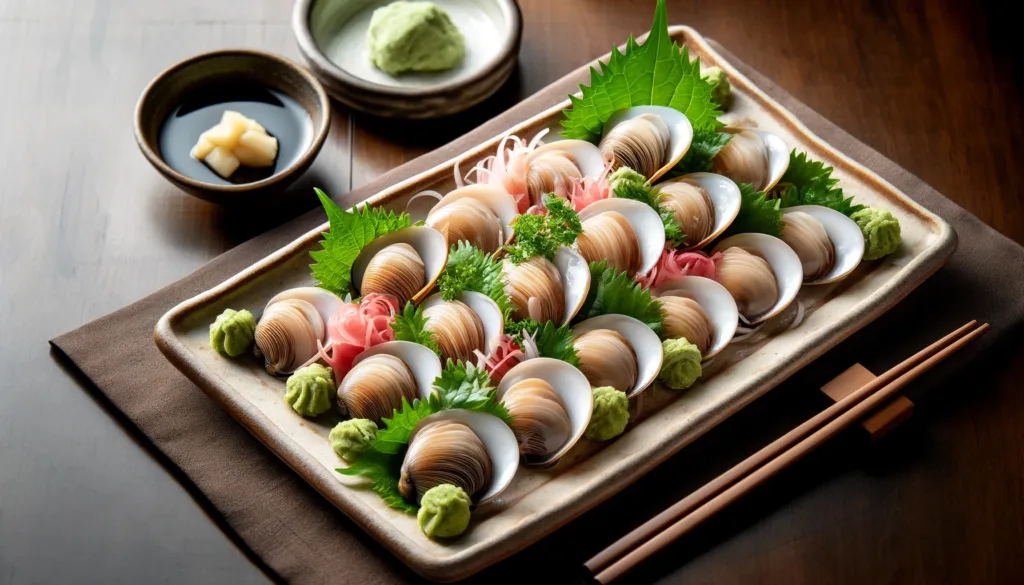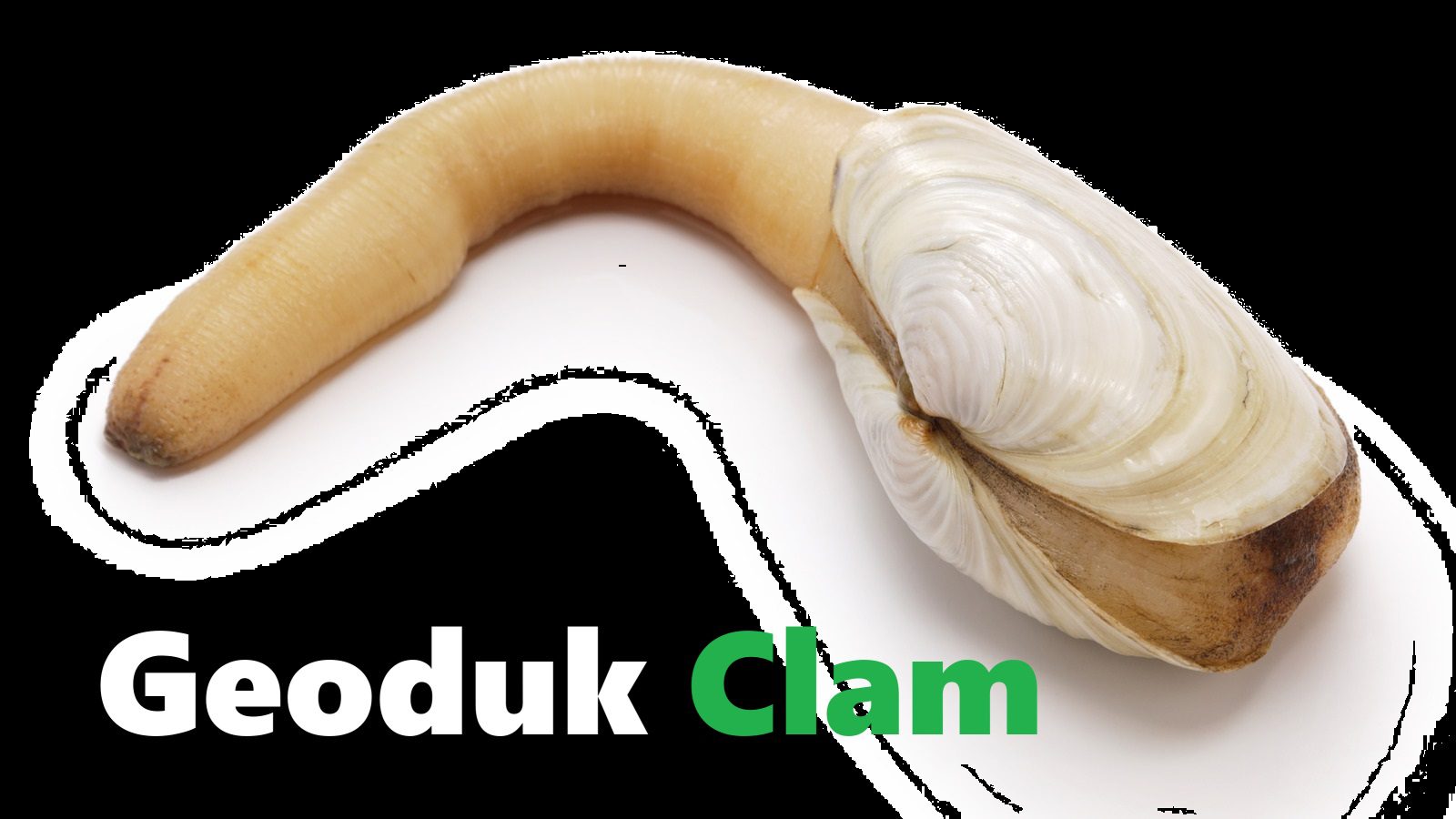Table Of Content
Geoduck clams, pronounced “gooey-duck,” are remarkable mollusks native to the Pacific Northwest, down to Baja California. They live beneath subtidal beaches in which they’ve burrowed themselves into the sand. What is noteworthy about geoducks is their size and their long life span; these clams can live to be over 150 years old and several pounds in weight. The name ‘geoduck’ is derived from the Lushootseed language, which in translation means “dig deep,” and that’s decidedly what these clams have been doing in their sandy abodes.
How Do You Cook Geoduck Penis Shaped Clam?
Preparing a phallic geoduck can be daunting because of its large size and weird appearance. This variety of clam features its siphon or “neck” extending several feet, with a tough skin covering. A common way to prepare it for cooking is to blanch it: plunge the geoduck into boiling water for a brief period and then plunge it into an ice bath, where the cooking process can be stopped. In this way, it becomes rather easy to peel off the skin and access the meat. The Pacific Geoduck is penis-shaped and can be consumed raw as sashimi, lightly stir-fried, or in complex dishes such as stir-fries and hot pots. Its flavor is mildly sweet, with a salty taste not unlike other clams, but not fishy at all, which provides the reason behind its delicacy in food circles, especially in the culinary circles of East Asia.

Where Can You Find Geoducks?
Geoducks are most commonly harvested in the Pacific Northwest, though their availability is typically highly limited due to their specific habitat and the seriously labor-intensive nature of their harvesting. If you fall outside of the region where geoducks are actually available, then you may be best served by specialty seafood shops and online purveyors that directly ship from farms.
What Makes Geoducks Special?
Besides the culinary use, geoducks generate some interesting environmental and cultural topics: long-living, penile-shaped clams make them of science and environmental interest; and they play an important role in the local economies of the regions, from traditional to commercial fisheries.

